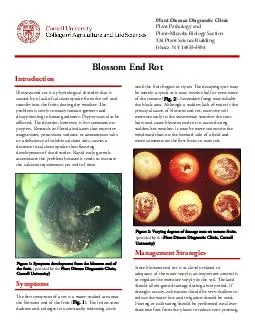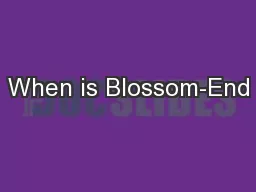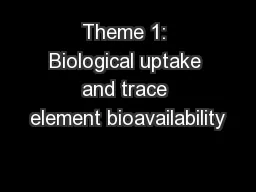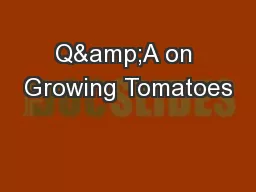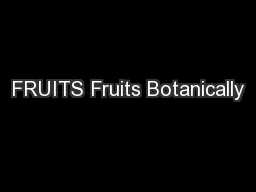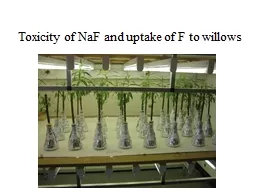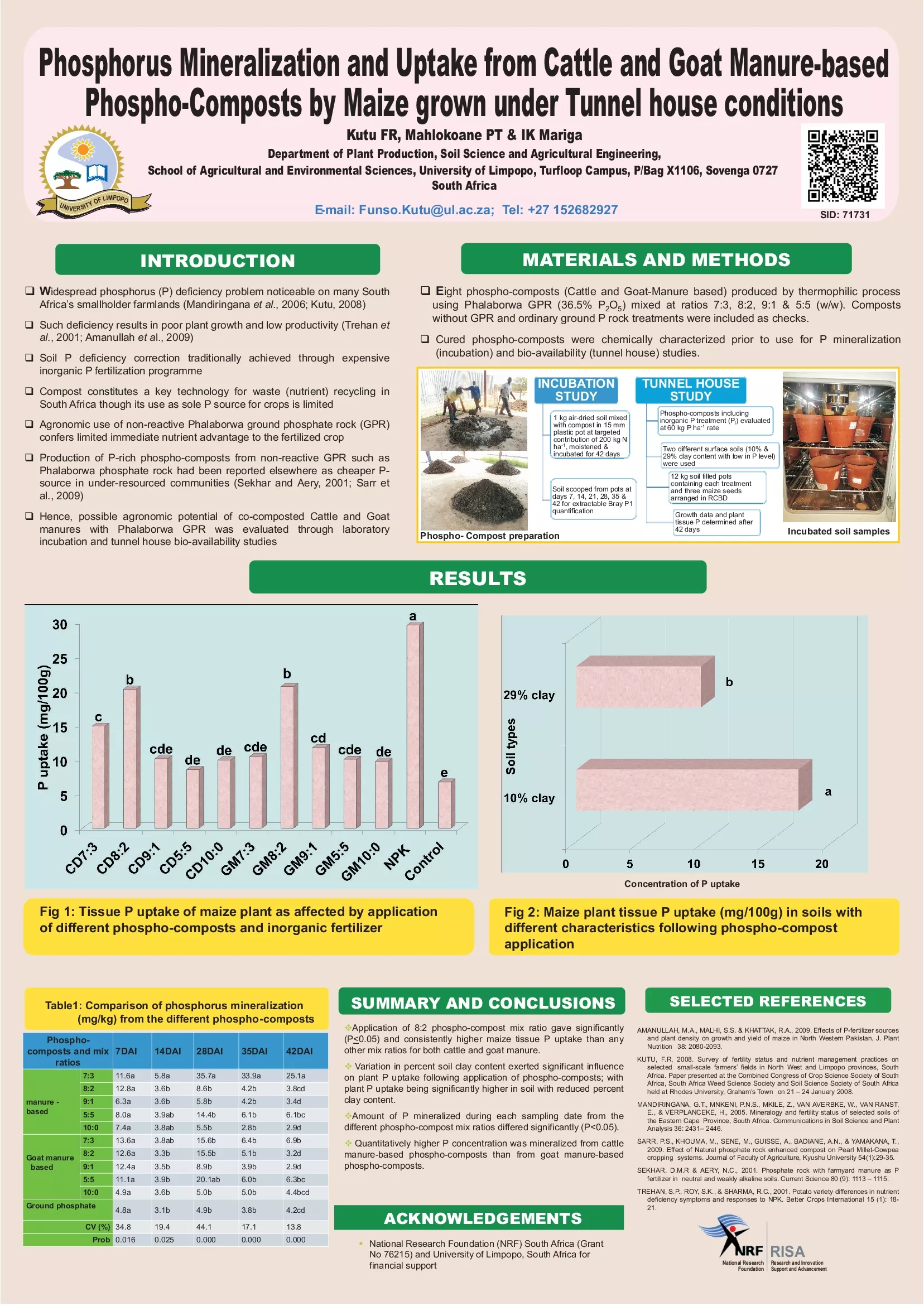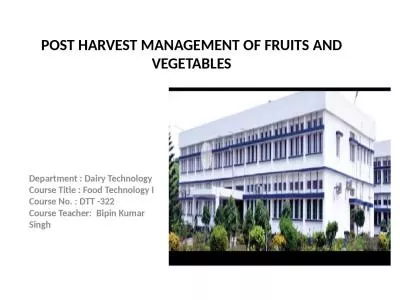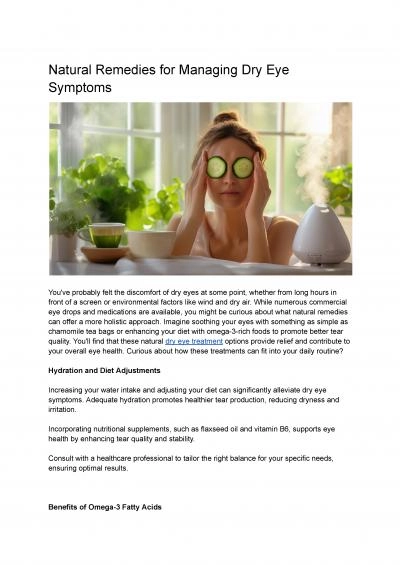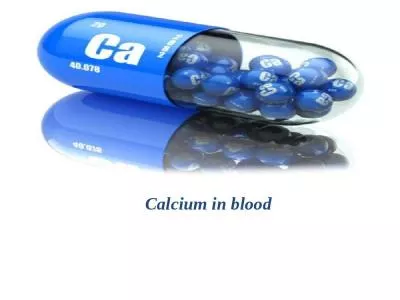PDF-Blossom End Rot Blossom end rot is a physiological disorder that is caused by a lack of
Author : alida-meadow | Published Date : 2015-02-25
57346e problem is costly to many tomato growers and disappointing to home gardeners Peppers can also be a57347ected 57346e disorder however is less common on peppers
Presentation Embed Code
Download Presentation
Download Presentation The PPT/PDF document "Blossom End Rot Blossom end rot is a phy..." is the property of its rightful owner. Permission is granted to download and print the materials on this website for personal, non-commercial use only, and to display it on your personal computer provided you do not modify the materials and that you retain all copyright notices contained in the materials. By downloading content from our website, you accept the terms of this agreement.
Blossom End Rot Blossom end rot is a physiological disorder that is caused by a lack of: Transcript
Download Rules Of Document
"Blossom End Rot Blossom end rot is a physiological disorder that is caused by a lack of"The content belongs to its owner. You may download and print it for personal use, without modification, and keep all copyright notices. By downloading, you agree to these terms.
Related Documents

